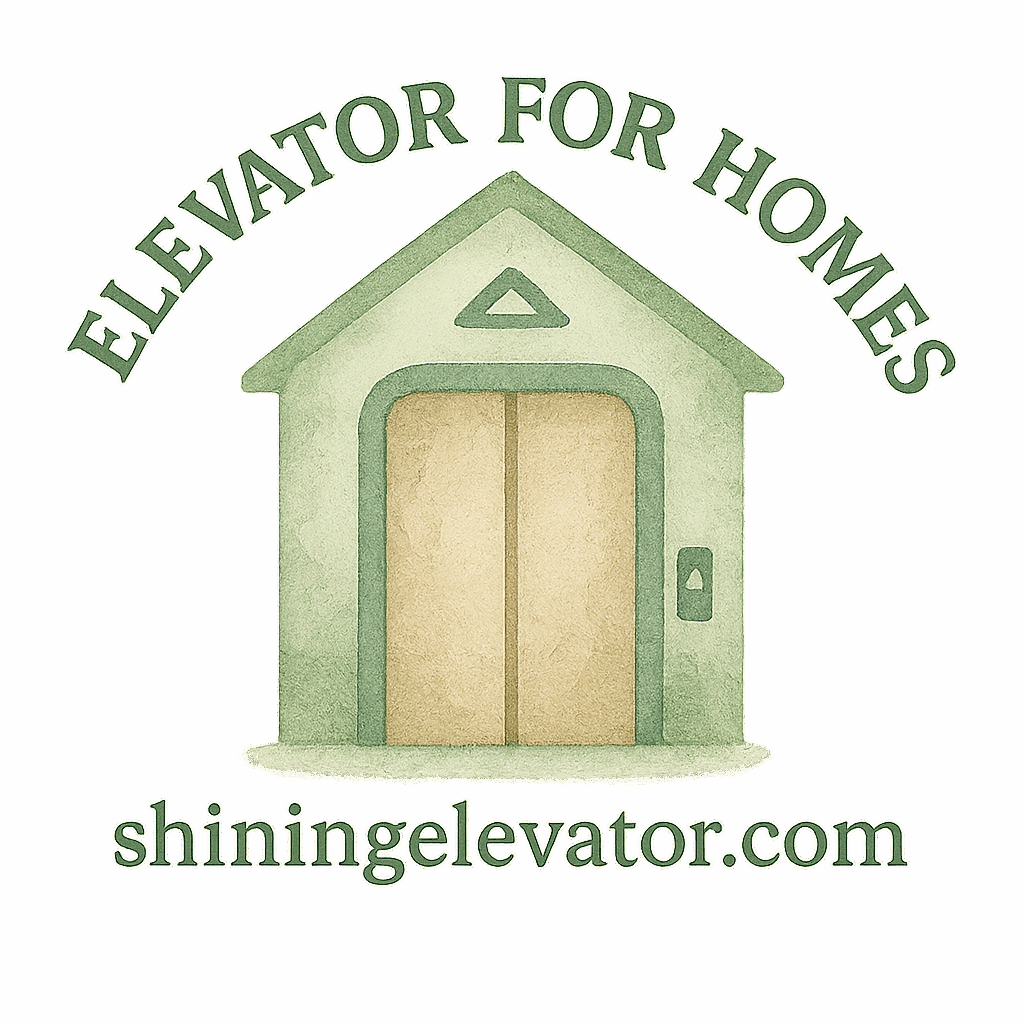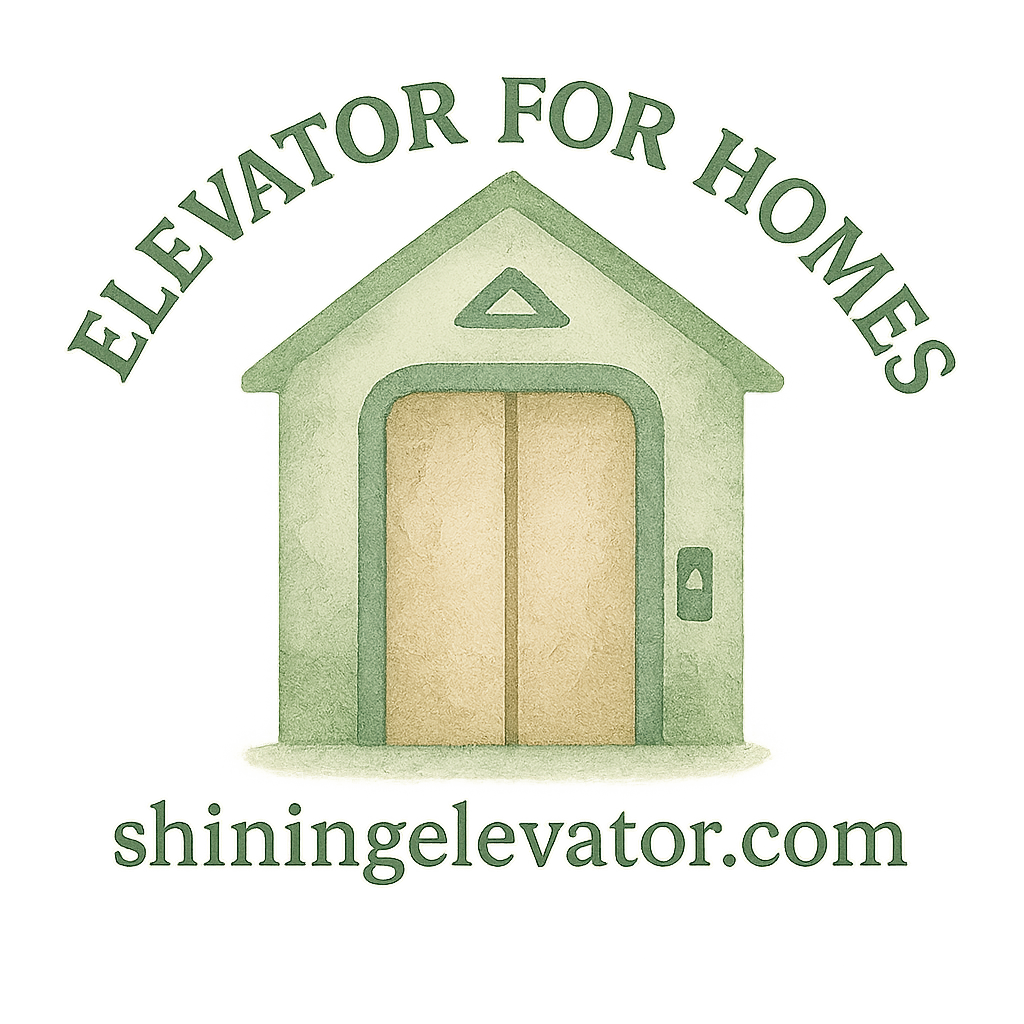Introduction: Why Customization Matters
Your home is your canvas—so why let your elevator feel like a dull afterthought? A home elevator isn’t just about convenience. It’s also a chance to showcase your personality, style, and thoughtful design. Whether you live in a cozy townhome or a spacious luxury estate, your elevator’s interior can (and should) match the vibe of the rest of your home.
From sleek control panels to stylish wall finishes, this guide will walk you through 7 creative ways to customize your home elevator interior—with flair and function. Let’s dive in!
💡 Pro Tip: Customization isn’t just about looks—it improves comfort, accessibility, and resale value!
1. Choose the Right Elevator Type First
Before you get all artsy with lights and panels, you’ve got to pick the right base model. Not all elevators are created equal, and your customization options will depend heavily on the type of elevator you install.
Explore different elevator types and features to find one that suits your home’s structure, your space, and your goals.
Space and Layout Considerations
Got limited space? A compact elevator or a small-home elevator might be perfect. These models often have specific shape limitations that you’ll want to work around when customizing the interior.
Understanding Elevator Options
Whether you go with a hydraulic lift, shaftless design, or pneumatic vacuum elevator, each system offers varying degrees of flexibility for interior customization. Learn more about your choices on Shining Elevator’s elevator options tag.
2. Pick Stylish Wall Panel Materials
Here’s where the magic begins—wall panels. They’re the first thing riders see and touch inside the elevator. So, why settle for bland when you can go bold?
Wood Finishes for a Warm Look
Want cozy cabin vibes or rustic elegance? Wood panels are your go-to. Oak, mahogany, cherry, or even bamboo give a homey, warm feel. Match your panels with home flooring or furniture for a seamless interior flow.
Metal and Glass Panels for a Modern Feel
Going modern or industrial? Brushed stainless steel, mirrored glass, or even etched acrylic can create a clean, contemporary look. These materials also reflect light beautifully, which makes the space feel bigger—a win for space-saving lifts.
3. Play with Lighting to Set the Mood
Lighting is where function meets flair. It’s one of the easiest and most effective ways to make your elevator interior feel elegant or edgy.
Ambient vs Functional Lighting
Install soft ambient lighting behind panels or in the ceiling for a soothing ride. Functional overhead lighting, on the other hand, ensures visibility—especially important for senior safety.
LED Accents and Smart Controls
Smart LED lights with color-changing options? Yes, please! Elevators today can come with programmable lighting that adjusts based on time of day or mood. Integrate this with smart home systems to wow your guests.

4. Personalize with Flooring Choices
Flooring is often overlooked, but it grounds the entire aesthetic. Plus, it needs to be safe and durable.
Marble, Tile, or Hardwood Floors
Marble adds luxury. Tile brings texture. Hardwood connects your elevator with the rest of your home’s floors. The key is choosing materials that are easy to clean and stand up to traffic.
Slip-Resistant and Durable Materials
Safety first! Opt for anti-slip textures, especially in homes with elderly occupants. Visit Elevator for Elderly for tips on accessible design.
5. Add Mirrors or Decorative Ceilings
Mirrors make spaces feel bigger—fact. Elevators feel less claustrophobic when they’re reflective.
Visually Expanding Compact Elevators
In small units, a full mirrored back panel can give the illusion of space. This trick works wonders for residential elevators in tight layouts.
Ceiling Design Options
Go beyond boring white tiles. Add coffered ceilings, wooden beams, or metallic finishes for a high-end touch. Tie it into your overall interior design scheme.
6. Control Panels and Technology Integration
This is where style meets smarts. Your control panel is the command center—don’t let it be basic.
Sleek Touchscreens and Voice Control
Replace traditional buttons with touchscreens or even voice-controlled systems. It’s modern, it’s fun, and it’s incredibly convenient. Especially if your hands are full of laundry baskets.
Emergency Features and Senior Safety
Consider installing handrails, emergency lights, or two-way communication systems. These small additions are essential for aging in place and home accessibility.
7. Match the Interior with Your Home Aesthetic
You’ve spent time and money crafting a beautiful home—your elevator should be no different.
Coordination with Interior Design Themes
Whether your home is minimalist, mid-century modern, or boho-chic, your elevator should mirror that style. Use similar wood tones, paint colors, or metals to maintain visual continuity.
Designing for a Luxury Look
Want your elevator to scream “penthouse vibes”? Combine high-gloss finishes, gold accents, leather wall panels, and ambient lighting. Explore more ideas for a luxury look.
Bonus: Consider Functional Custom Add-Ons
Sometimes the little things make the biggest impact. Add-ons like these make your ride more comfortable and accessible.
Foldable Seating and Handrails
Especially useful in homes with elderly users or people with mobility challenges. Visit senior safety resources for more smart additions.
Custom Doors and Entryway Treatments
The door is your elevator’s “face.” Match it to your home’s interior doors or go bold with frosted glass or stainless steel. Browse ideas at design customization.
How to Start Your Customization Process
Okay, you’re inspired—now what? Time to take the first step.
Budgeting and Planning Ahead
Start with budgeting and planning. Costs can vary depending on the elevator model, materials used, and complexity of your design. Check out the elevator cost tag for help.
Also consider maintenance budgeting down the line—it’s not just a one-time expense.
Working with Elevator Providers
Choosing the right elevator provider is essential. You want experts who understand your vision and can guide you through the elevator process from design to installation.
Explore top-rated elevator companies for the best fit.
Conclusion: Your Elevator, Your Style
You don’t have to settle for “just functional.” Your home elevator interior can be an extension of your creativity, comfort, and lifestyle. From materials to tech to lighting—there’s no limit to what you can personalize.
It’s your home. Your elevator should reflect that. So dream big and let your vertical space make a statement!
Frequently Asked Questions (FAQs)
1. How much does it cost to customize a home elevator interior?
Customization can range from $2,000 to $15,000 depending on materials, lighting, and tech features. Check the elevator expenses tag for detailed cost breakdowns.
2. Can I add custom features after installation?
Yes, many features like lighting, mirrors, or wall panels can be added later. Just confirm compatibility with your existing system.
3. What are the most popular home elevator customization trends?
Popular trends include LED lighting, wood or glass panels, touchscreen controls, and coordinated designs with the home interior.
4. Is it safe to add glass or mirrors in elevators?
Absolutely. Most decorative glass and mirrors used in elevators are tempered or laminated for safety.
5. What type of elevator is best for tight spaces?
Explore options on compact elevators and space-saving lifts. These models are designed for small homes.
6. Can I integrate smart home technology into my elevator?
Yes! Modern systems allow voice commands, app control, and automation—especially useful for accessibility and convenience.
7. Where can I get inspiration for elevator interior designs?
Visit Shining Elevator’s design customization section for examples, or check out tags like interior design and luxury look.


